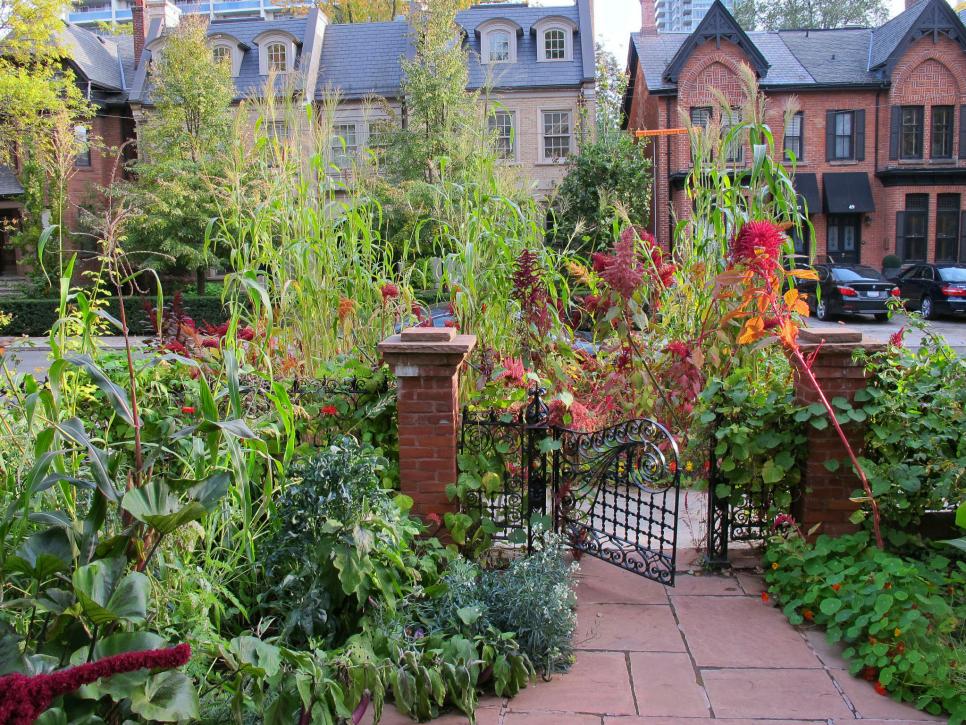Creating a city garden can transform even the smallest urban space into a lush sanctuary. But with the unique challenges that cities bring—limited space, varying levels of sunlight, air pollution, and even poor soil conditions—it’s crucial to select the right plants. Choosing wisely not only makes the garden thrive but also helps it endure urban elements while adding beauty, fresh air, and, sometimes, edible options.
Understanding the Unique Conditions of City Gardens
Growing a successful city garden means first understanding the unique conditions of an urban environment. Unlike traditional gardens, city gardens face specific constraints that affect which plants can grow well. Below, we’ll dive into the factors that make city gardens distinct and what you should consider before choosing plants for your urban oasis.
Microclimates in Cities
City landscapes create what’s known as microclimates—small areas with specific weather conditions different from the surrounding region. Buildings, concrete, and pavement absorb and retain heat, sometimes creating warmer spots in otherwise cooler climates. On the other hand, shaded areas can be cooler and more humid. For instance, a sunny rooftop will get more heat and sunlight than a shaded balcony nestled between buildings.
Understanding the microclimate of your garden area is key. Here’s a breakdown of some common urban microclimates:
- Shaded Balconies: Ideal for shade-loving plants like ferns, coleus, and hostas.
- Sunny Rooftops: Perfect for heat-tolerant plants, such as succulents and ornamental grasses.
- Street-Level Gardens: Often impacted by wind and pollution, requiring hardier plant choices.
By matching plants to the microclimate, you can ensure they’ll receive the right conditions to thrive.
Space Limitations
One of the most common challenges for urban gardeners is limited space. Whether you’re working with a small balcony, a tiny patch of soil, or even just a few windowsills, maximizing available space is essential. Vertical gardening and container gardening are great ways to make the most of compact areas.
Tips for Maximizing Space:
- Vertical Gardens: Use hanging pots, wall-mounted planters, or trellises to grow climbing plants, vines, or even small vegetables.
- Container Gardening: Opt for pots and planters of different shapes and sizes. Grouping plants in containers can also add variety and flexibility, letting you move plants as needed.
When choosing plants, focus on compact species or dwarf varieties that won’t outgrow their space.
Sunlight and Shade
Sunlight is often limited in cities, where buildings can block light for most of the day. However, this doesn’t mean you can’t have a vibrant garden. Evaluating your sunlight exposure can help you choose plants that will thrive in your specific lighting conditions.
- Full Sun (6+ hours/day): Great for plants like tomatoes, lavender, and petunias.
- Partial Shade (3-6 hours/day): Ideal for vegetables like leafy greens and root crops, as well as flowering plants like impatiens.
- Full Shade (<3 hours/day): Suitable for ferns, hostas, and shade-loving herbs like mint.
If you’re unsure how much sunlight your garden gets, observe the area throughout the day to understand how the light changes. Shade-tolerant plants can be a great choice for spaces that receive little direct sunlight.
Dealing with Air Pollution and Urban Soil
City environments come with pollution levels that can be harmful to plants, especially those exposed to roadside air and dust. Fortunately, some plants are more tolerant of pollution and can thrive in less-than-perfect air conditions. Certain hardy plants, like evergreens, grasses, and some succulents, can withstand air pollutants better than more delicate species.
Improving Soil for City Gardens: Many urban gardens start with poor-quality soil that can be compacted, nutrient-deficient, or even contaminated. Adding compost or high-quality potting mix to containers or planting beds can significantly improve soil health and create a better environment for plant growth. Using soil amendments can also help plants get essential nutrients and prevent common urban soil issues.

